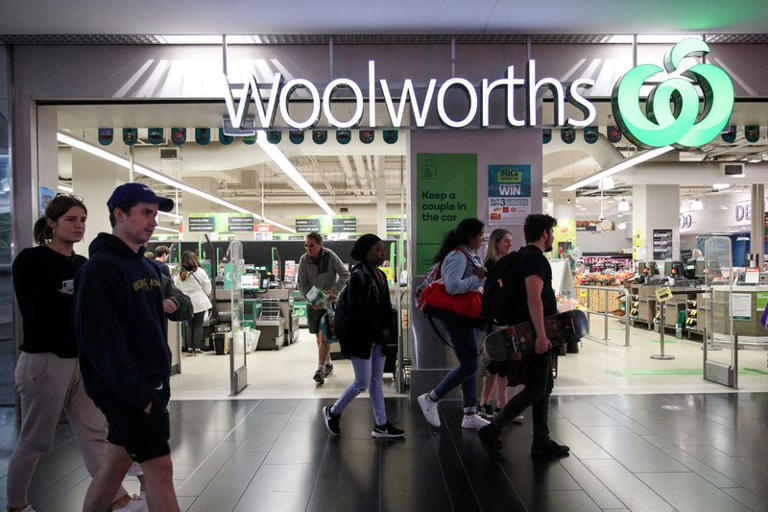Woolworths, one of Australia’s largest and most influential supermarket chains, encountered a complex set of challenges during the March quarter, as it sought to navigate the delicate balance between attracting customers amidst soaring living costs while also safeguarding its bottom line. The company’s quarterly update revealed a notable decrease in shelf prices, particularly evident in essential items such as fresh produce and meat, which contributed to a 0.2% decline in average prices compared to the same period the previous year. This shift marked a significant departure from the previous year’s trend, where prices had experienced a substantial 5.8% increase.
Despite Woolworths’ efforts to offer more competitive pricing, the growth in food sales was modest, with only a 1.5% increase to A$12.58 billion. This growth rate was notably slower than the population growth in the country, indicating a challenging market environment. In contrast, Woolworths’ main competitor, Coles, reported a more robust sales increase of 5.1% and a slower rate of price inflation at 1.9%.
Acknowledging the headwinds faced by Woolworths, outgoing CEO Brad Banducci emphasized the intense competition within the market, attributing the subdued sales growth to these competitive pressures. Banducci stressed the importance of maintaining inflation within a reasonable range, underscoring its significance for both the company and its customer base.
Banducci also highlighted a notable shift in consumer behavior towards more frugal shopping patterns, driven largely by the escalating costs of housing rentals. This shift manifested in increased store visits but reduced purchase volumes, reflecting consumers’ efforts to seek out better deals and exercise greater caution in their spending habits. With these dynamics in mind, Banducci anticipated a prolonged period of challenging trading conditions, suggesting that Woolworths would continue to face significant hurdles in the foreseeable future.
Despite Woolworths’ concerted efforts to address consumer pressures and maintain competitiveness, investors reacted negatively to the company’s performance, leading to a 5% decline in shares to a near four-year low. Analysts expressed disappointment over Woolworths’ inability to drive sales volumes despite its price-cutting initiatives, and they criticized the company for its underperformance relative to its competitor, Coles.
Banducci’s impending departure in September further complicates Woolworths’ outlook, raising questions about the company’s future strategic direction in the face of ongoing regulatory scrutiny within the supermarket sector. Banducci has been a key figure in addressing consumer concerns and navigating regulatory challenges, including recent parliamentary inquiries into industry practices.
As Woolworths continues to grapple with the fallout from price deflation and mounting consumer pressures, stakeholders remain vigilant, closely monitoring the company’s performance and strategic decisions in an increasingly volatile economic landscape.
